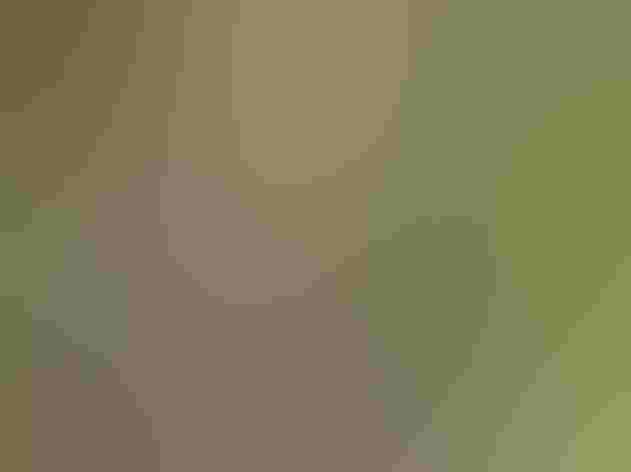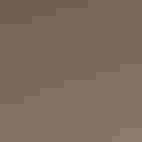Western Flycatcher
At a Glance
The well-named Western Flycatcher is indeed very widespread in the West. Its summer range extends from the Pacific Coast to the Rocky Mountains, and from southeastern Alaska to southern Mexico. It favors deep shade of humid woods, often in the groves along streams, and it often places its beautiful mossy nest under a bridge or under the eaves of a cabin in the woods. For several years, the Western Flycatcher was divided into two species: Cordilleran Flycatcher, nesting in mountains in the interior, and Pacific-slope Flycatcher, all along the Pacific seaboard. However, these two were almost identical, with only slight differences in voice and genetics, and in 2023 they were combined into one species again.
All bird guide text and rangemaps adapted from Lives of North American Birds by Kenn Kaufman© 1996, used by permission of Houghton Mifflin Harcourt Publishing Company. All rights reserved.
Category
Perching Birds, Tyrant Flycatchers
IUCN Status
Least Concern
Habitat
Arroyos and Canyons, Forests and Woodlands, High Mountains, Shrublands, Savannas, and Thickets
Region
Alaska and The North, California, Northwest, Plains, Rocky Mountains, Southwest, Texas, Western Canada
Behavior
Flitter, Hovering
Population
13.000.000
Range & Identification
Migration & Range Maps
During migration, it commonly occurs in the lowlands of much of the West, as birds travel to and from Mexico. Those breeding along the Pacific Coast winter mainly in the lowlands of western and southern Mexico, while those breeding in the Rockies and elsewhere in the interior winter mostly in Mexico’s foothills and mountains.
Description
Both sexes — Length: 5.5–6.7 in (14–17 cm); wingspan: 7.9–9.1 in (20–23 cm); weight: 0.3–0.5 oz (8–13 g). The Western Flycatcher is tinged greenish above, with a distinct yellow wash on the throat. Eye-ring extends behind the eye in a teardrop shape. From below, the bill looks wide, with an orange lower mandible.
Size
About the size of a Sparrow
Color
Brown, Green, White, Yellow
Wing Shape
Rounded
Tail Shape
Notched, Square-tipped
Songs and Calls
A rising whee-seet or pseet-ptsick-seet. Call note a sharp pit-peet or a very high-pitched, sibilant pseeet.
Call Pattern
Flat, Rising
Call Type
Chirp/Chip, High, Whistle
Habitat
Moist woods, mixed forests, shady canyons. The Western Flycatcher breeds in wet forested regions near the coast or in mountains. Often common in zones of coniferous forest, but there it seems to concentrate in deciduous growth, such as maples and alders, along streams. Also found in canyon groves of oak, sycamore, or willow.
Sign up for Audubon's newsletter to learn more about birds like the Western Flycatcher
Behavior
Eggs
3-4, rarely 5. Whitish, with brown blotches concentrated near the larger end. Incubation is by female only, about 14-15 days.
Young
Both parents bring food for nestlings. The age of young at first flight is about 14-18 days.
Feeding Behavior
Forages by watching from a perch, at any level within shady parts of the forest, and then flying out to catch insects in the air. Also takes some food (such as caterpillars and spiders) from foliage or twigs while hovering.
Diet
Mostly insects. The Western Flycatcher feeds on a variety of insects, including small wasps, bees, flies, true bugs, caterpillars, moths, beetles, and others. Also eaten are spiders, a few berries, and seeds.
Nesting
In the Pacific Northwest, the Western Flycatcher and Hammond's Flycatcher may defend territories against each other. Nest site is sometimes in the fork of a small tree, but usually in other situations: in a cleft of a vertical streambank, on a stump, among the upturned roots of a fallen tree, under a small bridge, or on rafters in a shed. Natural sites are usually near (or on) the ground, but on artificial structures, the nest may be more than 10' up. Nest (built by female) is a cup of moss, grass, rootlets, strips of bark, lichens, and leaves, lined with finer material such as plant fibers, hair, feathers.
Conservation
Conservation Status
The Western Flycatcher may be affected by the cutting of forests in the West; however, it remains widespread and common.
Climate Threats Facing the Western Flycatcher
Choose a temperature scenario below to see which threats will affect this species as warming increases. The same climate change-driven threats that put birds at risk will affect other wildlife and people, too.







